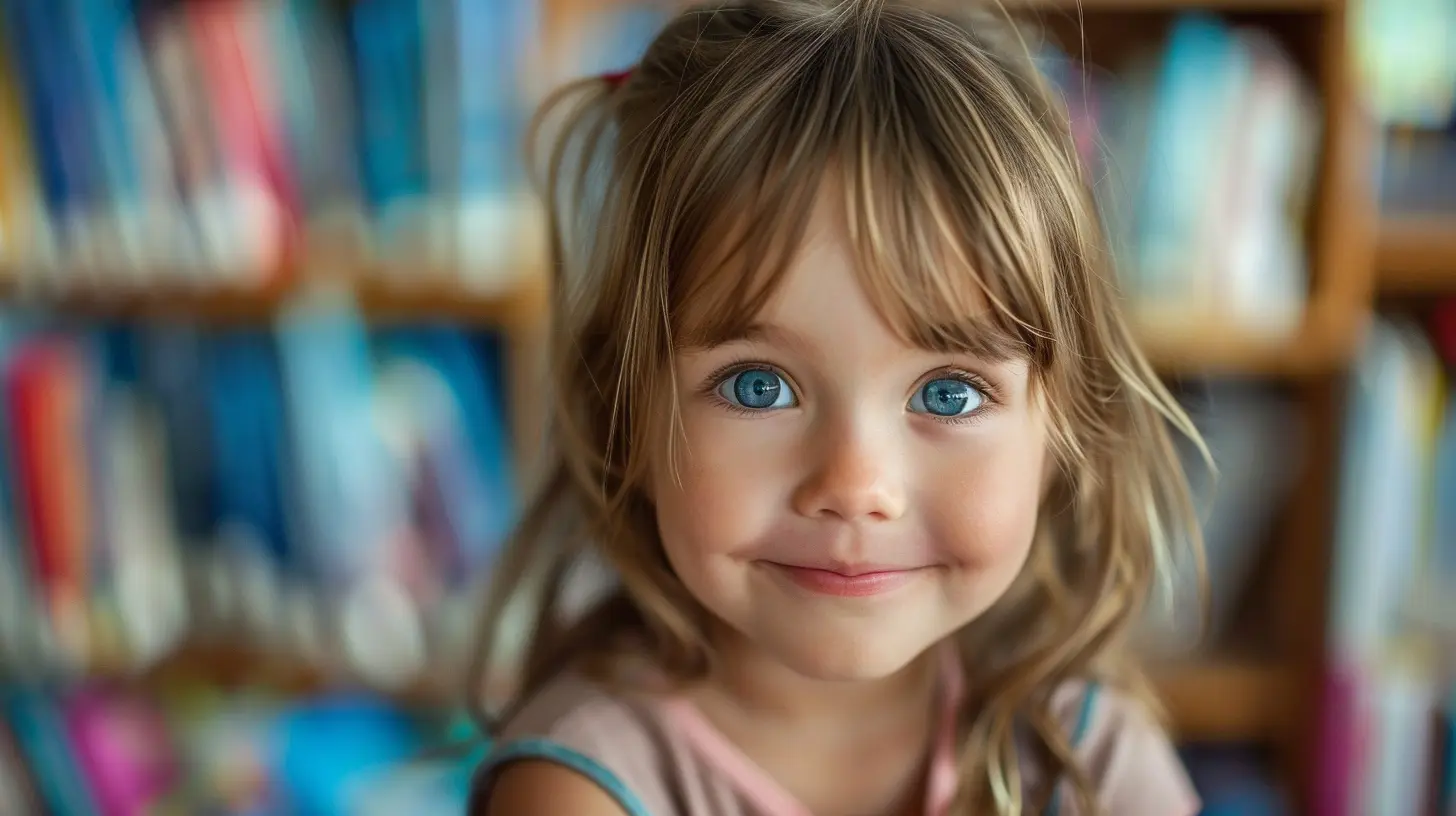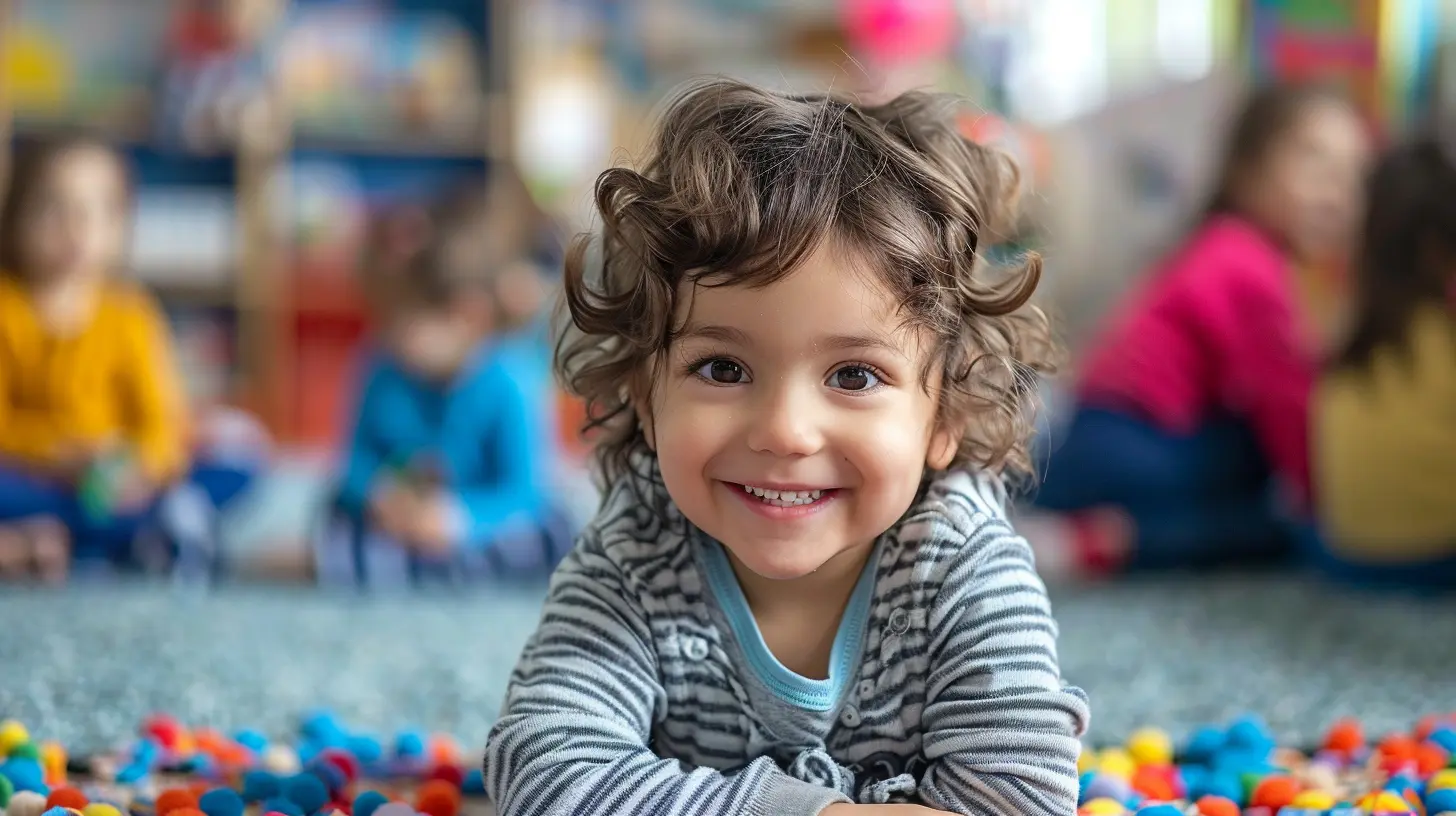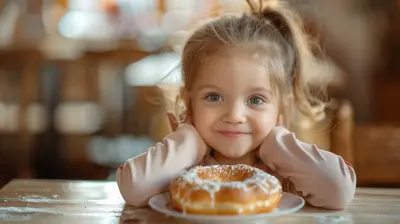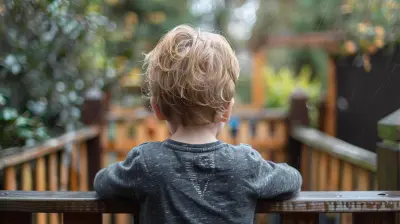How Attachment Parenting Helps Your Child Thrive in School and Social Settings
25 June 2025
Ever met that one kid at the playground who’s just oozing confidence, making friends like it’s no big deal, and somehow still remembers to share their snack? Spoiler alert: there’s a good chance they’ve been raised with attachment parenting. Now, before you roll your eyes and think, "Ugh, just another parenting buzzword," let me stop you right there. This isn’t about helicoptering over your kids or letting them sleep in your bed till college. It’s deeper. Cozier. Smarter.
In this post, we’re diving headfirst (no floaties!) into how attachment parenting helps your child not just survive—but thrive—when tossed into the emotional jungle gym of school and social life. Ready? Let’s do this.
So, What Even Is Attachment Parenting, Anyway?
Picture this: Parenting with a side of empathy, a splash of responsiveness, and a big ol’ scoop of connection. That’s attachment parenting in a nutshell.It’s a parenting style that focuses on nurturing a strong emotional bond between you and your child. Think babywearing, breastfeeding (if it works for you), co-sleeping (when safe), and being super in tune with your child’s emotional cues.
But wait—it doesn’t stop when they turn two. Nope. It stretches into toddlerhood, the tween years, and beyond. That connection you’ve built? It becomes your child’s secret sauce for navigating the tricky world of school hallways and lunchroom politics.
The Brain Chemistry Behind the Bond
Alright, let’s geek out for a second without putting you to sleep. When your child feels securely attached to you, their brain releases oxytocin—the "love hormone." This isn’t just about warm fuzzies. Oxytocin actually helps regulate stress and boosts trust, making kids more adaptable in new environments (like school).Plus, securely attached kids show higher activity in brain areas related to emotional regulation, impulse control, and empathy. Big words, yes. But basically, these kiddos are better equipped to handle the chaos of math pop quizzes and who-sits-with-who drama during lunch.
Confidence Is the Real Backpack in School
You can pack pencils, water bottles, and the elusive permission slip in your child's backpack, but if you’re not packing them with confidence and emotional stability? Well, that’s a recipe for school stress soup.Attachment parenting builds that inner security. Your child knows that you’re their safe base. They’re not constantly worried about pleasing adults for love or tiptoeing around their emotions. From that foundation, confidence grows like a weed in springtime.
Kids with secure attachments are less anxious when separated from their parents. Translation: fewer preschool meltdowns and more focus on circle time.
The Magical Social Juice: Empathy and Emotional Intelligence
Let’s talk about what really makes the world go 'round—relationships. No, not romantic ones. Friendships. Teacher-student connections. Just being a decent, kind human.Children raised with attachment parenting are constantly swimming in emotional language. You name their feelings, respond with patience (even if they’re being total bananas), and model empathy like it’s your job. Because it kinda is.
And guess what? That stuff sticks.
By the time they’re in a classroom with 20 other tiny humans all trying to make sense of rules and recess, they’ve got the emotional vocabulary and empathy toolkit to navigate those waters. They’re the kids who notice when someone’s sad. Who forgive instead of retaliate. Who can take turns without a WWE-style wrestling match.
Better Behavior Without the Bribery
Okay, real talk—discipline is a minefield. And it’s tempting to lean on reward charts, time-outs, or the occasional (ahem) threat of no dessert.But attachment parenting comes with this lovely twist: kids are more likely to behave well because they want to cooperate with someone they feel connected to. Not because they fear punishment.
If your child feels heard and respected, they’re more likely to listen to your guidance. This doesn’t mean they’ll never throw a tantrum in Target (spoiler: they will), but it does mean you’ll see fewer behavior issues in the classroom.
Teachers often report that securely attached children are easier to guide, more attentive, and even more creative. Why? Because they're not constantly scanning the environment for threats or worrying about their place in the world. Their brains are freed up to actually engage.
Academic Performance: Not Just About Smarts
Want to know something wild? Emotional regulation is a stronger predictor of academic success than raw intelligence. Mind. Blown.A child who can sit still, manage frustration, and bounce back from a mistake? That’s a child who can learn.
Attachment parenting sets the stage for those skills early on. By soothing your child’s stress and modeling calm responses, you’re essentially building their executive function—the brain’s bossy part that handles stuff like focus, planning, and impulse control.
So yeah, that extra snuggle at bedtime might actually help your child nail their spelling test. Who knew?
Peer Pressure, Bullying, and the Hard Stuff
Let’s not sugarcoat it—school isn’t all sunshine and stickers. Eventually, your kid’s going to face some tough stuff. Rumors. Peer pressure. Maybe even bullying.Here’s where attachment parenting really earns its gold stars. Kids who feel securely attached are more likely to stand their ground, speak up, and seek help when needed. They know their worth, and they know they have a safe space to come home to.
Also, they're more likely to choose friends who reflect the positive relationships they’ve experienced at home. That’s huge.
How To Practice Attachment Parenting (Without Losing Your Mind)
Now, I can already hear you saying, “This all sounds lovely, but I am TIRED and my kid just put peanut butter in the dog’s fur.” I got you.Here’s the thing: You don’t need to be perfect. Attachment parenting isn’t about doing everything right, it’s about showing up consistently.
Here are some simple ways to build that connection:
1. Respond Promptly to Their Needs
Whether it’s a cry, a whine, or an emotional outburst—see it as communication, not manipulation.2. Practice Gentle Discipline
Set boundaries, but lead with empathy. Teach over punishing.3. Maintain Physical Closeness
Hugs, snuggles, hand-holding—don’t underestimate the power of touch.4. Be Emotionally Available
Validate their feelings. Let them be sad, mad, or scared. You’re their emotional GPS.5. Build Daily Rituals
Even five minutes of undivided attention can create strong connection points.Quirks, Chaos, and Connection: It All Counts
So maybe your child still prefers talking to stuffed animals over actual classmates. Or maybe they’re the shy one at story time. That’s okay. Attachment parenting isn’t about turning your kid into an extroverted, straight-A superstar.It’s about giving them the emotional scaffolding to be themselves—boldly, bravely, and with a whole toolbelt of life skills.
And honestly? That’s the kind of thriving we need more of in this world.
The Takeaway: Connection Goes the Distance
In a world where our kids are constantly being measured—by test scores, behavior charts, and the number of friends they have—attachment parenting reminds us that connection is the real secret sauce.It’s not fast. It’s not flashy. But it works.
When we give our kids the emotional security of attachment parenting, we’re not just making their childhoods better—we’re equipping them to walk into classrooms and friendships with confidence, resilience, and kindness.
So yeah, those extra cuddles and long talks about jellyfish at bedtime? They're changing the world.
One secure kid at a time.
all images in this post were generated using AI tools
Category:
Attachment ParentingAuthor:

Liam Huffman
Discussion
rate this article
2 comments
Gianna Black
Absolutely love this! Attachment parenting really lays the groundwork for our little ones to flourish. It’s heartwarming to see them thrive in school and social settings with such strong bonds!
December 2, 2025 at 5:29 PM

Liam Huffman
Thank you! I'm glad you found the article impactful. Attachment parenting truly fosters strong emotional connections that benefit children in many areas of their lives.
Julia McQuillan
Loved this article! It beautifully highlights how attachment parenting fosters confidence and social skills in children, setting them up for success in both school and their friendships. Great insights!
June 27, 2025 at 3:34 AM

Liam Huffman
Thank you! I'm glad you found the article insightful. Attachment parenting truly plays a vital role in a child's development.


